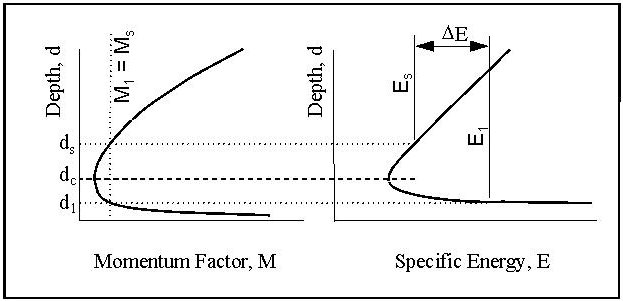Section 4: Improved Inlets
Anchor: #i1018122Inlet Use
An improved inlet serves to funnel the flow into the culvert to remove the point of control from the face of the inlet to a throat located downstream from the face. The normal contraction of flow is included in the transition from the face to the throat. An improved inlet may be economical if the culvert is operating under inlet control, but not if the culvert is operating under outlet control.
An improved inlet may offer the advantage of increasing the capacity of an existing culvert that has become inadequate because of changes in the watershed which have increased the discharge to the culvert. Improved inlets are not recommended because of the following disadvantages:
- Anchor: #KWAVHGUF
- Available design procedures cannot accommodate an improved inlet when the face of the inlet is skewed instead of normal. Anchor: #LELYWONU
- Heavy debris loads that can pass through the inlet face may become lodged in the restriction at the throat. Anchor: #DUKXRQGW
- The reduction at the throat may push the culvert into outlet control which will negate any advantages of the improved inlet. Anchor: #AXWUIDHU
- Improved inlets are usually costly to construct when compared with standard inlets.
Careful consideration should be given before selecting and using an improved inlet design. Guidelines for design can be found in FHWA publication, Hydraulic Design of Highway Culverts, HDS-5.
Figure 8-22. Side Tapered Inlet
Figure 8-23. Slope Tapered Inlet
